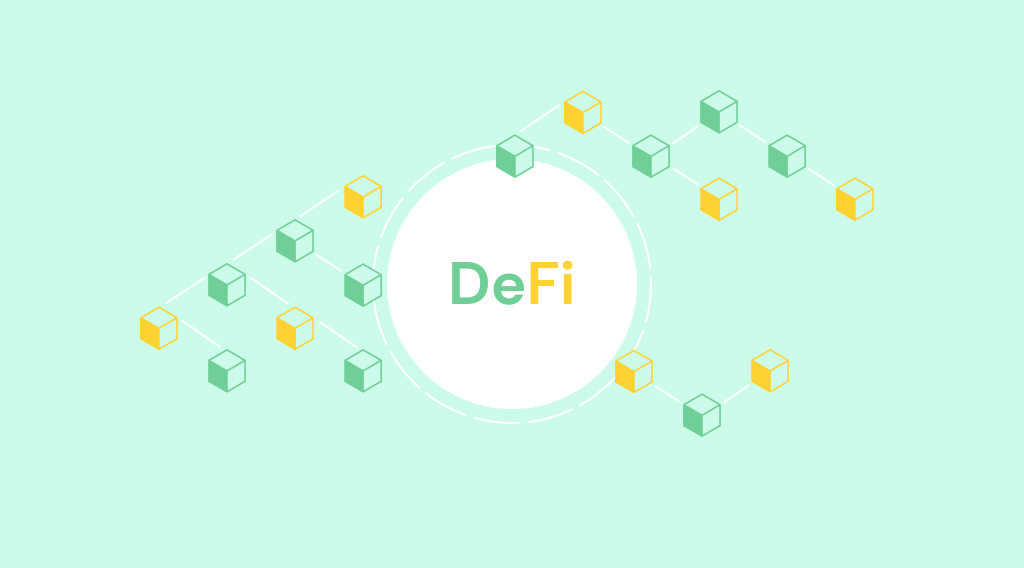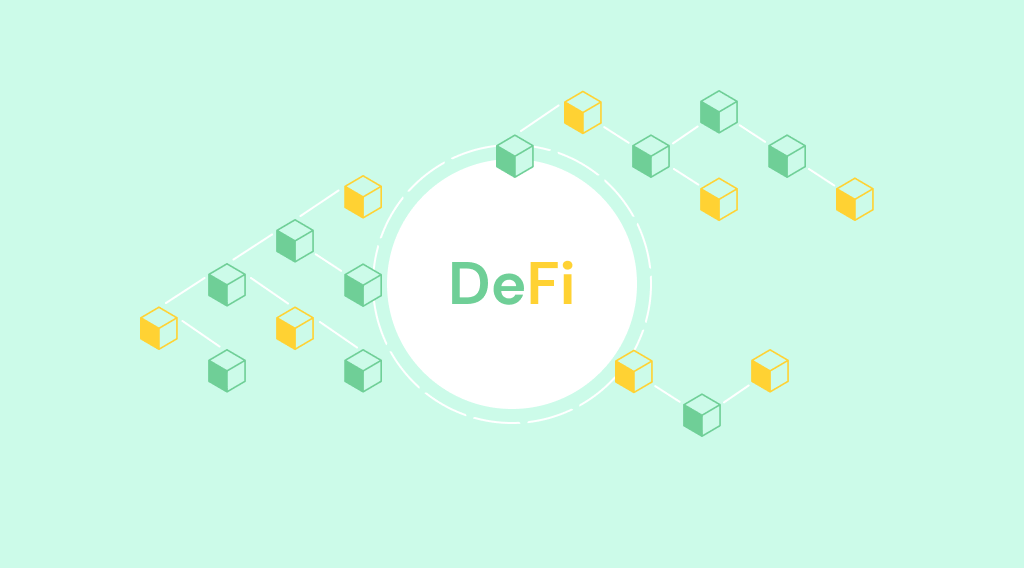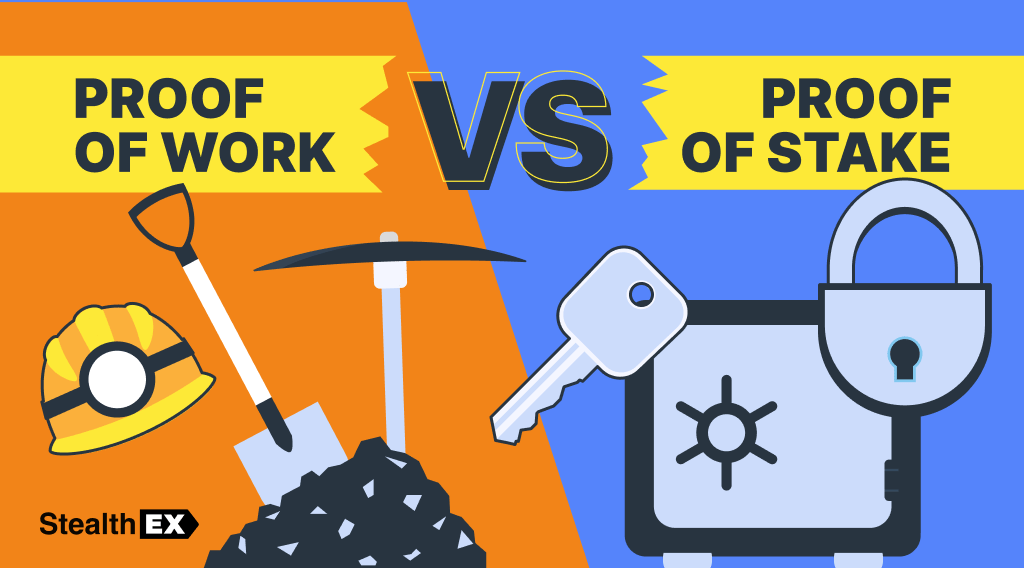What Is DeFi and How Does Decentralized Finance Work?

Article contents
How Decentralized Finance Came to Be?
Decentralized Finance (DeFi) can be rightfully considered a third revolution in the crypto space. If you wonder what the first two are, these are the invention of blockchain itself along with the technology’s firstborn, Bitcoin, and the inception of the smart contract technology. Just like blockchain provides the basis for smart contracts, the latter give rise to DeFi. It is often said that smart contracts are poised to revolutionize the ways both humans and organizations interact in their contractual relationships. In this sense, DeFi is the stage where these relationships are set to emerge and develop. With a bigger picture in mind, it is the world that the blockchain technology lays the foundation for, while smart contracts help to build it. Why we need DeFi, how it is possible, what makes it tick and click are the main themes of this article.

But Seriously, Why Do We Need It?
As most financial services in existence today are provided by or involve third parties, for example, banks, exchanges, investment companies, insurance agencies etc, DeFi is an attempt to build an alternative environment, an ecosystem of applications offering the same set of services but now powered by public blockchain networks in a decentralized, transparent and permissionless way. By and large, the basic idea that guides DeFi is essentially the same ethos that drives innovation with crypto as such, but at an entirely different level.
Just like cryptocurrencies try to wrest the state supremacy over money from the hands of rogue governments and central banks, DeFi takes it further and aims higher. With DeFi, it is no longer a matter of creating a coin in an effort to replace fiat money, which mostly doesn’t work anyway. However, building a whole new domain of financial services available fairly and squarely to anyone, with full control over the assets but without corrupt governments and greedy intermediaries sticking around, may pan out better after all.
So, answering the question posed at the beginning of this section, we need DeFi for basically the same reasons we need cryptocurrencies. Or, put differently, if we need cryptocurrencies, an assumption that has been proved indisputable, it is inevitable as well that we will sooner or later become interested in decentralized financial services powered by these cryptocurrencies through smart contract blockchains. We can’t just create Bitcoin and say that’ll do. It is a natural development, a Maslow’s hierarchy of needs, in a sense.
How Is It Ever Possible?
As mentioned in the introduction, DeFi emerges thanks to smart contract tech and decentralized applications (or simply dApps) running them. So how does it work in practice? To better understand the idea, let’s take a closer look at a relatively simple example of a decentralized crypto-backed stablecoin which can be created through a smart contract. Stablecoins are coins whose value is pegged to a stable asset such as a commodity like gold or a fiat currency like the US dollar.
There are a few different types of stablecoins that exist in the wild. For the purpose of this exposition, we are interested in crypto-backed stablecoins. Like stablecoins collateralized by fiat, these stablecoins use cryptocurrencies as collateral. However, the key difference is that a fiat-based stablecoin is pegged to the fiat currency which is backing it up. Kinda obvious. A crypto-backed stablecoin, on the other hand, is pegged to one asset, say, the American dollar, but backed up by a completely different one, for example, Ether. Things get tricky.
A crypto-collateralized stablecoin is possible through the magic and the beauty of the smart contract governing it. If the price of such a stablecoin rises above its peg, or parity, you can create more stablecoins and sell them at a premium. If the price of the stablecoin falls below parity, you can buy stablecoins and liquidate them at a discount. If the collateral itself crashes, undercollateralized stablecoins will be liquidated with their collateral now backing up fewer stablecoins. As a result, the price always gets pushed back to parity.
And all this rather complicated stuff is done on the blockchain in a decentralized and automatic fashion with no banks or other third parties involved. Consequently, more services are easily possible too. And quite a few at that.
Okay, What Decentralized Financial Services Are Available?
Well, one such service we have just described above. Cryptocurrencies are infamous for being extremely volatile, and stablecoins are designed to deal with this issue. There are many stablecoins out there like Tether, TrueUSD, or Gemini Coin, but they are all based on trusting third parties. Easily one of the best known crypto-backed stablecoins is MakerDAO’s DAI, which is pegged against the US dollar with a basket of crypto-assets as collateral in a truly decentralized and trustless way, that is, a blockchain way.
Crypto-based stablecoins can be used on their own by offering a hedge against the price volatility of such popular cryptocurrencies as Ether or Bitcoin. Aside from that, they are also instrumental in other DeFi services, for example, in decentralized exchanges like IDEX or BiKi. With stablecoins, it becomes possible to create fiat trading pairs in addition to crypto ones in entirely decentralized, non-custodial trading environments as opposed to centralized exchanges like Bitfinex or Binance, which are vulnerable to high-profile hacks and personal data leaks.
Unlike MakerDAO, Ampleforth doesn’t strive to create a rock-solid stablecoin. Instead, it comes up with the notion of “adaptive money built on sound economics”, with its mission stretching out as far as to marry “the scarcity of Bitcoin with the elasticity of fiat”. It tries to go beyond the relatively simple concept of a stablecoin and brings forth the idea of elastic money supply that can expand and contract depending on market demands, as well as allow the creation of a valid form of collateral for DeFi based on that idea.
Obviously, DeFi is not just about stablecoins or the financial services using them. Blockchain-based borrowing and lending is another important DeFi arena. With platforms like Compound, dYdX, Dharma, you can deposit your crypto assets to either earn interest on them or use these assets as collateral for borrowing. Smart contracts automatically match borrowers and lenders, offering dynamic interest rates based on supply and demand. And with tools like LoanScan, you can also easily shop around for the best interest rates on the block.
These examples are far from exhaustive, of course, as the space is rapidly expanding and evolving. However, there are some fundamental issues that put grit into the wheels of the DeFi war machine.
So Where’s the Catch?
There are many advantages of DeFi, but to be of any practical use, it needs up-to-date information that would be reliable and authentic. Smart contracts that DeFi is based on are hopelessly on-chain, but the data they need for processing is mostly off-chain. Without a bridge to close this gap between a smart contract and its source of external information, smart contracts are entrapped in closed-off dungeons of their blockchains. To be sure, no crypto-based stablecoin is going to work correctly without a real-time price feed for the assets taken as its collateral and used for maintaining the peg.
To get around this roadblock, a concept of blockchain oracles has been suggested. But as the chain cannot be stronger than its weakest link, blockchain oracles seem to be that weak link in the field of DeFi and beyond as obtaining information in a verifiable way can be an intimidating task. What approaches dApps are taking to procure and verify sources of truth in the external world is the topic of our upcoming article about blockchain oracles. Stay with us and stay tuned!
And remember if you need to exchange your coins StealthEX is here for you. We provide a selection of more than 400 coins and constantly updating the list so that our customers will find a suitable option. Our service does not require registration and allows you to remain anonymous. Why don’t you check it out? Just go to StealthEX and follow these easy steps:
✔ Choose the pair and the amount for your exchange. For example ETH to BTC.
✔ Press the “Start exchange” button.
✔ Provide the recipient address to which the coins will be transferred.
✔ Move your cryptocurrency for the exchange.
✔ Receive your coins.
Follow us on Medium, Twitter, Facebook, and Reddit to get StealthEX.io updates and the latest news about the crypto world. For all requests message us via support@stealthex.io.
The views and opinions expressed here are solely those of the author. Every investment and trading move involves risk. You should conduct your own research when making a decision.
August 4, 2020
Ampleforth decentralized finance DeFi MakerDAO smart contractRecent Articles on Cryptocurrency
 Proof-of-Work vs Proof-of-Stake: What Is the Biggest Difference?
Proof-of-Work vs Proof-of-Stake: What Is the Biggest Difference?  Best Crypto News: OKX, Solana, Adidas NFTs, And PayPal's NFT
Best Crypto News: OKX, Solana, Adidas NFTs, And PayPal's NFT 